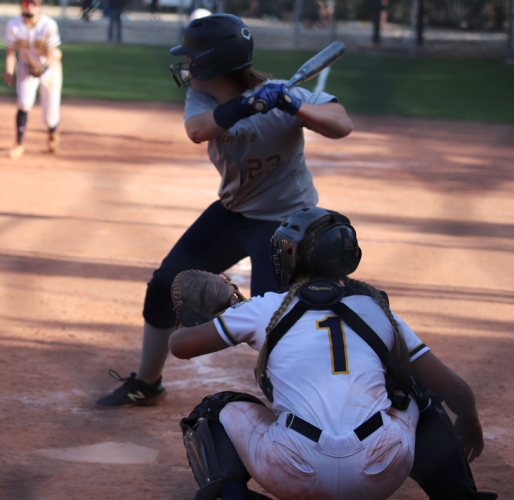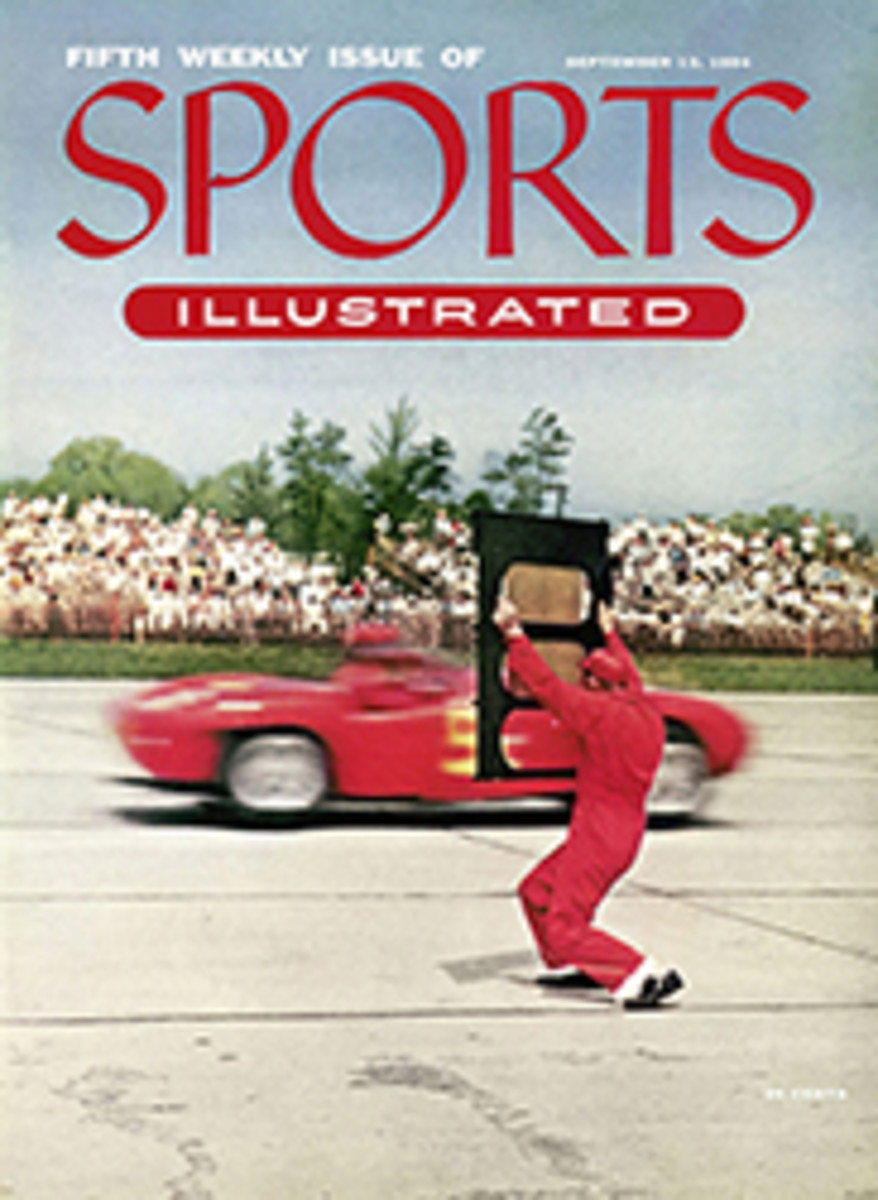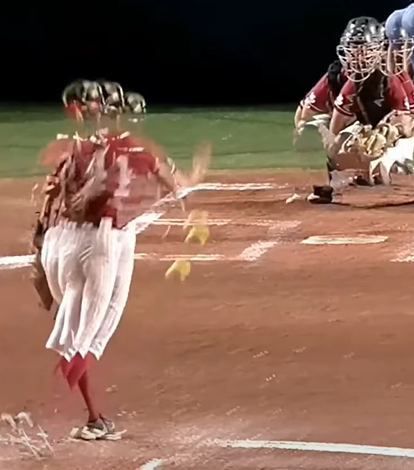- Jan 22, 2011
- 1,633
- 113
How old is your DD? 11 or 12? Does MS play at the same time as HS? If she is on the MS JV team, umpires are likely happy someone can throw it over the plate and not too concerned about leaping, and probably not the most experienced umpires. No excuse IMO.Aren't they already?
Though pitching in our 8u rec division is so weak after two years of Covid umpires are instructed to let pitchers pitch from 25" instead of 30" and if they start regularly throwing strikes move them back.
At All-Star evaluations last Saturday the typical pitcher in 10u and 12u were pitching 4 to 5 mph slower than the typical pitcher did 3 to 4 years ago.
Older pitchers work hard on their leg drive, and with most (all?) sanctions allowing them to start with the non-pivot foot a step behind the pitching plate, they are going to be getting the release point closer to the batter with a legal toe drag.
What "style" of pitching does your DD use? Around here the preferred is referred to as "Internal Rotation", "Arm Whip", or "Forearm Whip", where the ball is pulled around the circle, doing a whip at the hip, vs. pushing the ball around the circle.
My DD is neutral to up in the box to decide whether to hit the ball before it breaks. She rarely soft slaps, but sets up to be a triple threat of bunt, power line-drive, or hard/power slap. She can catch up to fast pitching, the slower pitchers mess her up.

Last edited:





